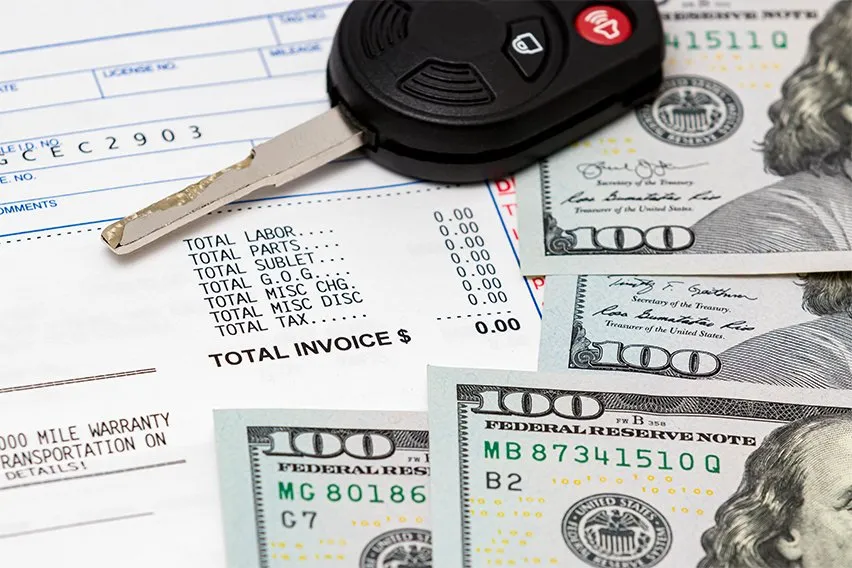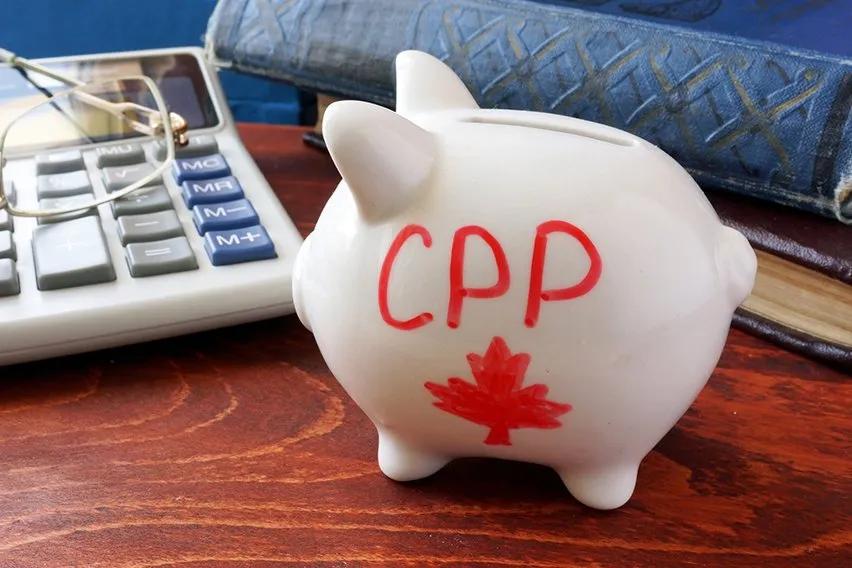Top Down Vs Bottom Up: What’s the Difference?

When it comes to financial forecasting, the right model can change everything. You want to be as accurate and truthful to investors as possible. At the same time, you want a technique that is easy to use and looks attractive to potential investors.
In this guide, we’ll break down the difference between the two main methods of financial forecasting for small businesses. Top-down forecasting and bottom-up forecasting. Both have their merits. To decide which one will work best for you, read on.
Here’s What We’ll Cover:
Advantages of Top-Down Forecasting
What Is Bottom-up Forecasting?
Advantages of Bottom-up Forecasting
Which Financial Forecasting Model Is Right for You?
What Is Top-Down Forecasting?
Let’s start with top-down forecasting. Top-down financial analysis means reviewing the entire potential market the business is in. To do this, you must first consider the overall size of the market, considering any market trends during the current climate. What is the total size of the market that the business could feasibly reach?
You start with viewing the market size first and then drill down to the individual qualities of your business. The strengths and weaknesses of the business don’t factor in until later.
The top-down view creates a macro view of the total addressable market or TAM. You can see the largest possible revenue potential which is attractive to investors.
An example would be starting an online houseplant business. You would need to calculate the market for all plant purchasing in Canada. Then specifically houseplants.

To further find your target market, you need to niche down by location, demographic etc.
You can discover these variables through market research and competitor analysis.
What you’re trying to determine is the percentage of the market capacity that you can realistically serve with your business. Your market share has the largest impact on your revenue potential.
This is called the top-down approach because it starts with the macro view of the broader market before niching down.
Advantages of Top-Down Forecasting
- It’s optimistic! Top-down forecasting is a great “feel-good” way for forecasting. Because you start with the broad market sector, you can easily build a picture of a business that can reach millions. That is if the business realizes its full potential. That’s an exciting prospect to you as a business owner and your potential investors.
- It’s fastOut of the two approaches, top-down financial forecasting is the fastest. It requires the least amount of research and hard data. You should absolutely get as reliable data as possible to find your TAM. But you don’t need to review every detail of your business operations and offer to do this kind of analysis. You don’t even need your product prices completely mapped out yet. This is a good broad overview of the earning potential on a company level.
- Less variabilityTop-down financial forecasting avoids some of the huge outliers in data because it takes such a broad overview of market cycles. When you look at more minute data, the data swings can look more alarming to your revenue prospects. The top-down view avoids all this with macro market trends. You can identify sales patterns and general upswings in the market. Highlighting these can be attractive to interested investors.
- Possible for start-upsYou don’t have to sell a single product to do a top-down analysis. You can rely on market average values and your intended cost of goods. This is why start-ups tend to use the top-down approach more often as they haven’t market-tested their product yet. Instead, the focus is on the market share for the entire company – not just singular product or service.
What Is Bottom-up Forecasting?
Bottom-up forecasting takes the exact opposite approach. It is less concerned with the market at large. You focus on the business itself and the product you intend to sell. Bottom-up approaches are all about the finer details. It assesses the operations of the business as a whole and how these will affect financials.
To do the bottom-up method, you need to consider the marketing budget, production capacity, hiring costs etc.
The focus is on what the business can do to become a competitor in the current market.
There is still market research and competitor analysis involved. It’s important to know what competing companies are creating. Then your calculations become centred on how to create better products with leaner production costs.
This involves estimating the cost of goods sold, operational costs, cash flow forecasting and so on. It’s much more detailed and far less optimistic than the top-down approach. However, once you do the nitty-gritty work here, your business is in a better position to face changes in the future.
You’ll understand the individual impact of each operational factor in your business. Assigning a monetary value to it means you can do more accurate forecasting for different variables. For example, what would happen if you doubled your workforce? No problem, you’ve already calculated the impact of labour costs. All you’d need to do is double it to get the forecast for that scenario.

Advantages of Bottom-up Forecasting
- More realisticBy using real values from the business, the forecast is much more realistic. It may not look as pretty and optimistic as top-down. But the realism of the numbers will give investors a clearer picture of the scope of their investment. You use actual sales data and production financials to craft an accurate picture for the business forecast.
- Item level forecasting gives you more flexibilityThe detail of bottom-down forecasting may be tedious and long winded, but it makes your projections agile. By that we mean it assigns each business item a monetary value. You can see how each factor will affect the whole.
- Good for identifying specific products or departments to invest inThis detailed view of the business financials gives you a better report of the products that earn you the most. It could also be the marketing efforts or departments that bring in the most money too. This kind of information helps you make better re-investment decisions in your business.
Which Financial Forecasting Model Is Right for You?
Ultimately, it’s a personal choice which forecasting model you choose. Top-down and bottom-up approaches both have their place. That’s why they’re both still prominent models in financial modelling.
For the most part, even startup investors would prefer to see bottom-up forecasts because of the level of detail involved. Each individual company cost is accounted for. It gives investors more confidence if they have a realistic portrait of the business’ earning potential. Given that as business owners, we have strong selection biases, the top-down method is too optimistic for most investors.
That said, if you have a completely new business with no prior product sales, the bottom-up method is more complex. You may start with a top-down model and make predictions for the bottom-up model as soon as you can.
Did you enjoy this accounting guide? Check out our resource hub for more!
RELATED ARTICLES


 What Is Price Skimming? Definition & Examples
What Is Price Skimming? Definition & Examples What is Owner’s Equity? Formula, Examples & Calculations
What is Owner’s Equity? Formula, Examples & Calculations What Is Bill of Materials (BOM) & How to Create One?
What Is Bill of Materials (BOM) & How to Create One? What Is Credit Note & When Should a Business Use Them?
What Is Credit Note & When Should a Business Use Them? How to Calculate CPP (Canada Pension Plan)
How to Calculate CPP (Canada Pension Plan) What Is a Weighted Decision Matrix & How Do You Use It?
What Is a Weighted Decision Matrix & How Do You Use It?